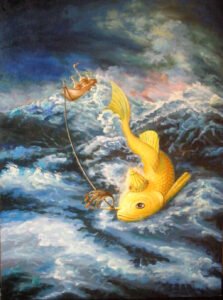 There are four kinds of प्रलय (pralaya) mentioned in the Viṣṇu Purāṇa.
There are four kinds of प्रलय (pralaya) mentioned in the Viṣṇu Purāṇa.
Nitya (नित्य) pralaya which has to do with constant end of everything like the day ends when we sleep and starts when we awaken, लय (laya) is a more apt word for this. At a higher level nitya pralaya refers to the life process when life ends at death (and starts again when we rebirth only to have another nitya pralaya). In jyotiṣa we learn of nitya kāraka which are the fixed significators of bhāva and are different from anitya (अनित्य) kāraka, transient significators, that change from one life to another and are the dispositors of the bhāva lords.
Naimittika (नैमित्तिक) pralaya refers to the dissolution of the three manifested worlds – bhūrloka, bhuvarloka and svarloka. All beings are given temporary shelter in the maharloka and after this pralaya ends, are created again, they return to their mortal life. This naimittika pralaya coincides with the sleep of Brahma during his night, when disorganisation of the world’s occur. Nature (prākṛti) continues to exist – only the beings cannot be sustained anymore in the manifested regions. The creator of all the loka and tala, Śrī Vāsudeva (resting as Nārāyaṇa), graciously shelters all beings inside of his being as he rests on his coiled Śeṣa (शेष) nāga on the milky ocean. The name for the king of nāga serpents is Śeṣa literally meaning ‘the end’ as well as ‘the residue or all that remains’ after the naimittika pralaya. This brahma-day is called a kalpa and consists of 14 manvantara. Each manvantara has 71 mahā-yuga comprising of 12000 deva-years. Naimittika pralaya always takes place at the end of a kalpa.
Prākṛtika (प्राकृतिक) pralaya refers to the dissolution of the entire nature, prākṛti herself at the end of a lifetime of Brahma which coincides with a hundred years of Brahma’s life when his death occurs. The end of Brahma is the complete end of everything. For a hundred brahma-years everything goes into the dark energy.
- The process starts with the dissolution of pṛthvi (earth element, along with smell) by jala-bhūta (water element).
- Then the Sun with its fiery rays drinks all the waters which already contain all the earth – Agni dissolves jala (water element along with taste).
- Terrible storms of the Rudras shall crush the flames of the Sun(s) as vāyu dissolves agni (fire element along with sight).
- Then the invisible ākāśa breathes in and dissolves all the vāyu (wind element along with touch).
- The dark energy of tamas guṇa sucks up ākāśa (ether element along with sound) and in this manner, all the pañca-bhūta are dissolved.
A very detailed description of this entire process is given in the purāṇa which shows the dissolution of the karmendriya, jñānendriya and then gradually the lokapāla and digpāla and other devatā, followed by manas, buddhi and ahaṁkāra.
Atyantika (अत्यन्तिक) pralaya is the consequence of divine knowledge and causes various types of unions with the Supreme Spirit in various states of mokṣa. All beings do not automatically get mokṣa at the end of prākṛtika pralaya as some would have us believe. They enjoy temporary bliss of closeness with their creator only to be returned when a new Brahma is installed for another hundred Brahma-years. It is this memory of the closeness with Nārāyaṇa that stays somewhere in their supra-consciousness in the soul urging them to seek spiritual knowledge and karmic purification to ‘return to god’.
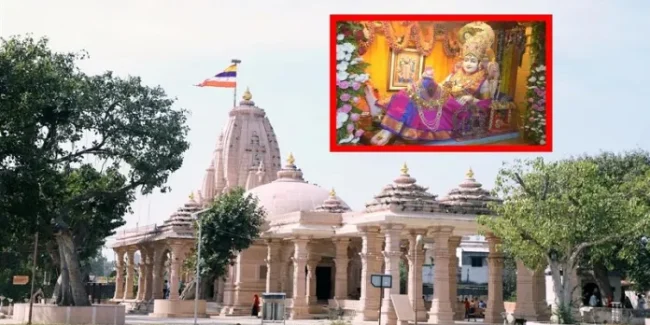
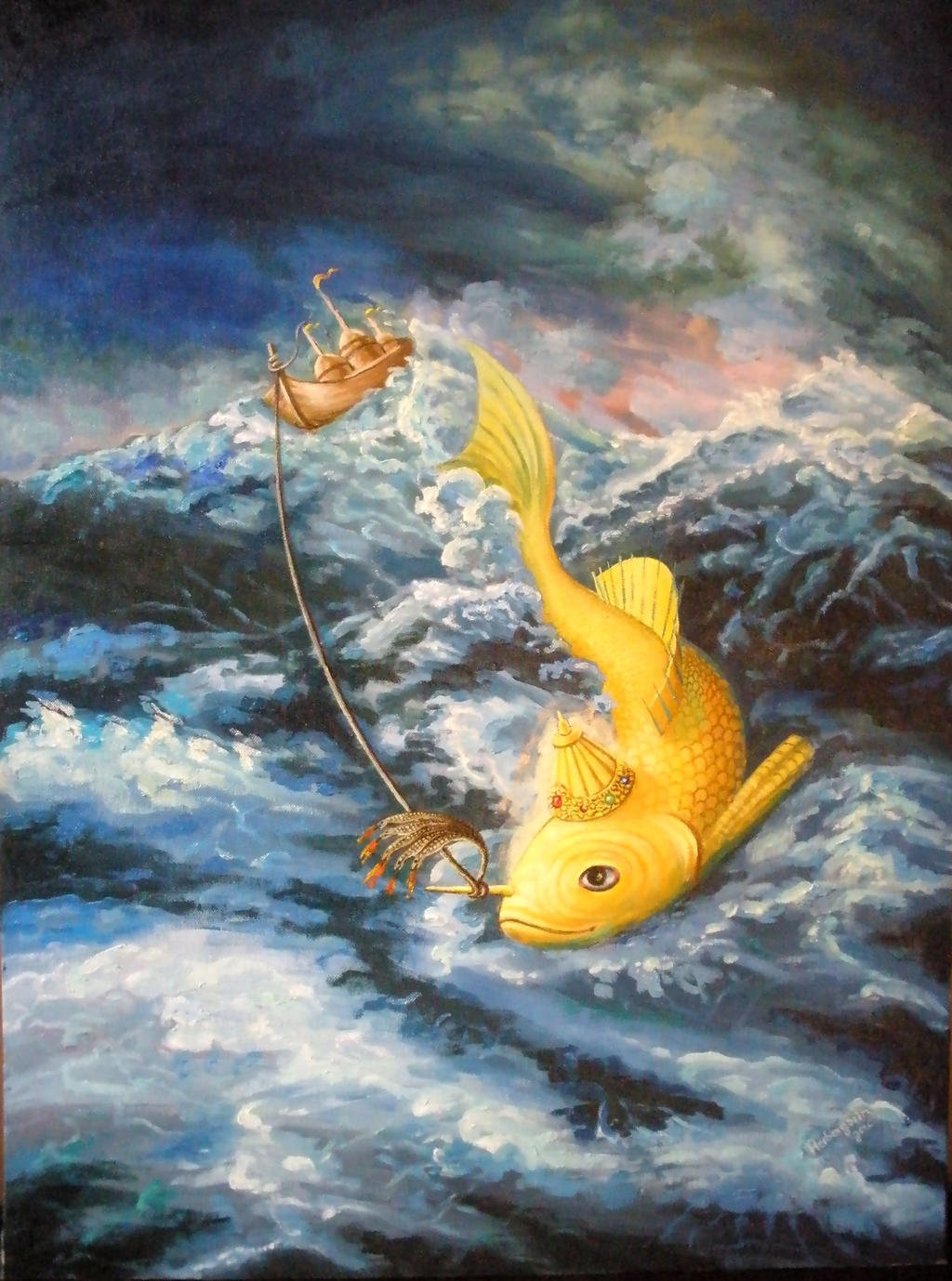
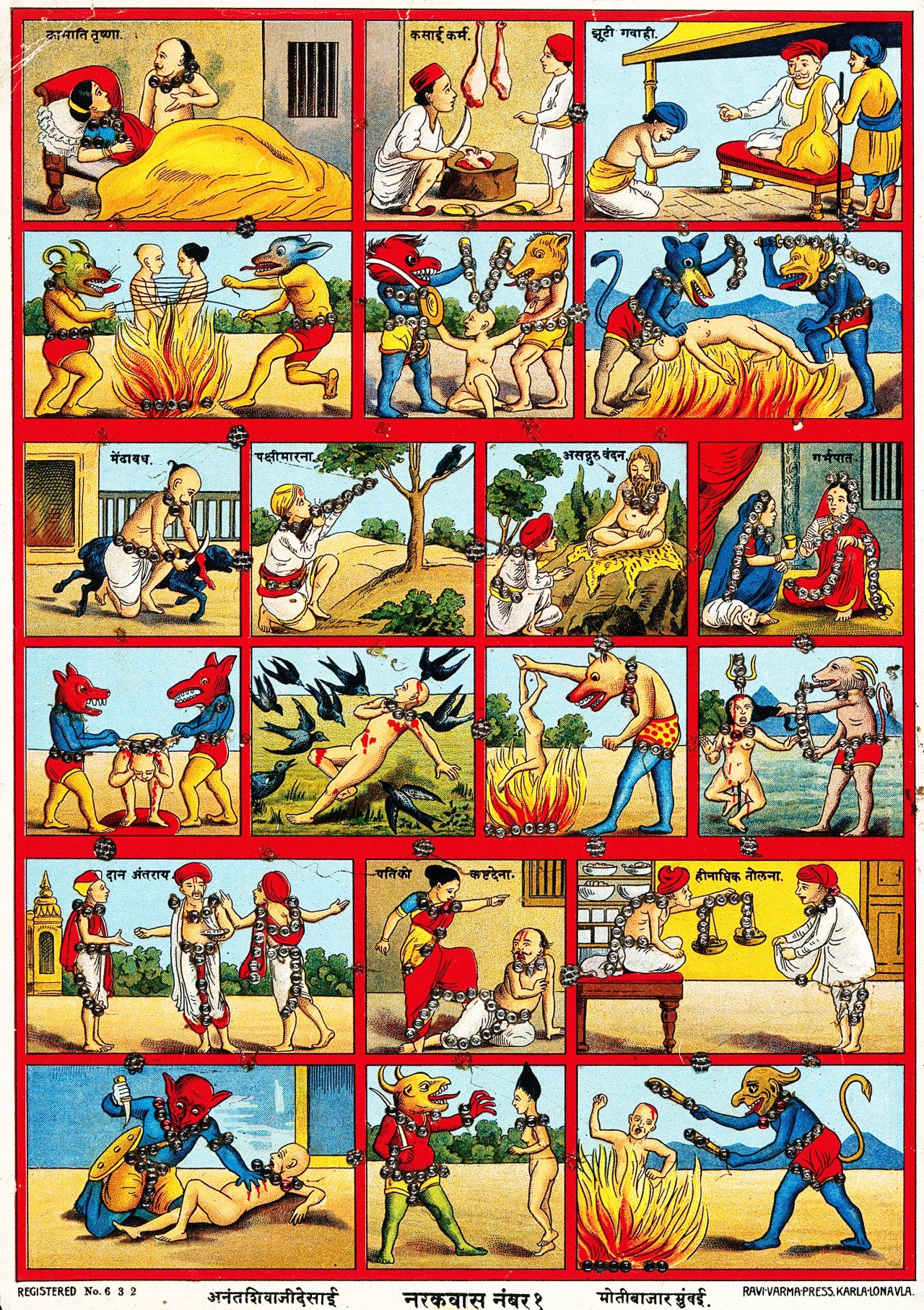

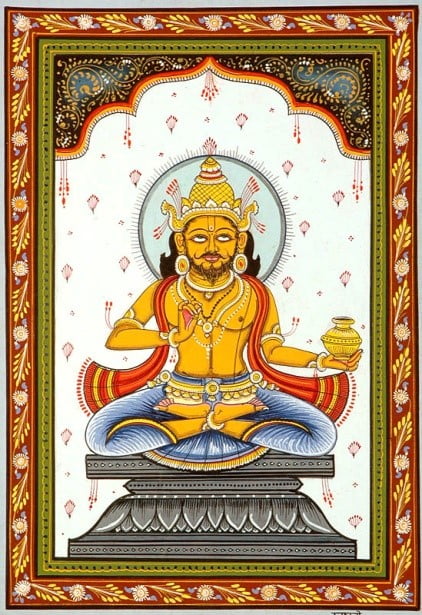
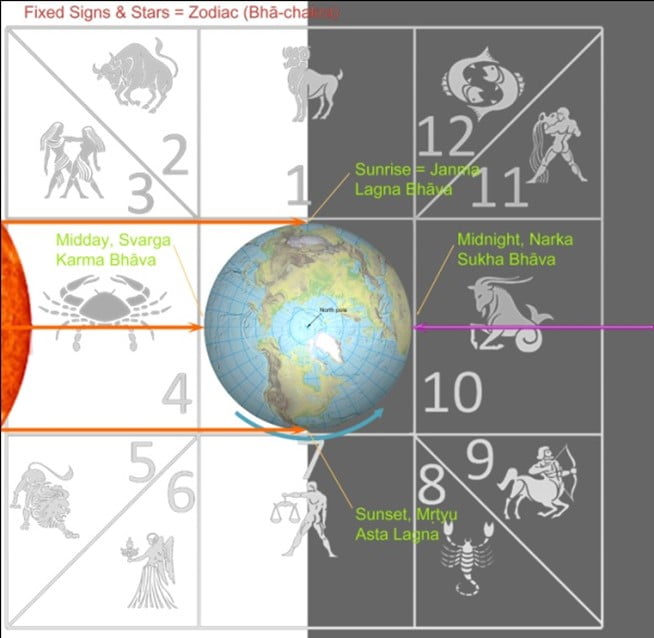
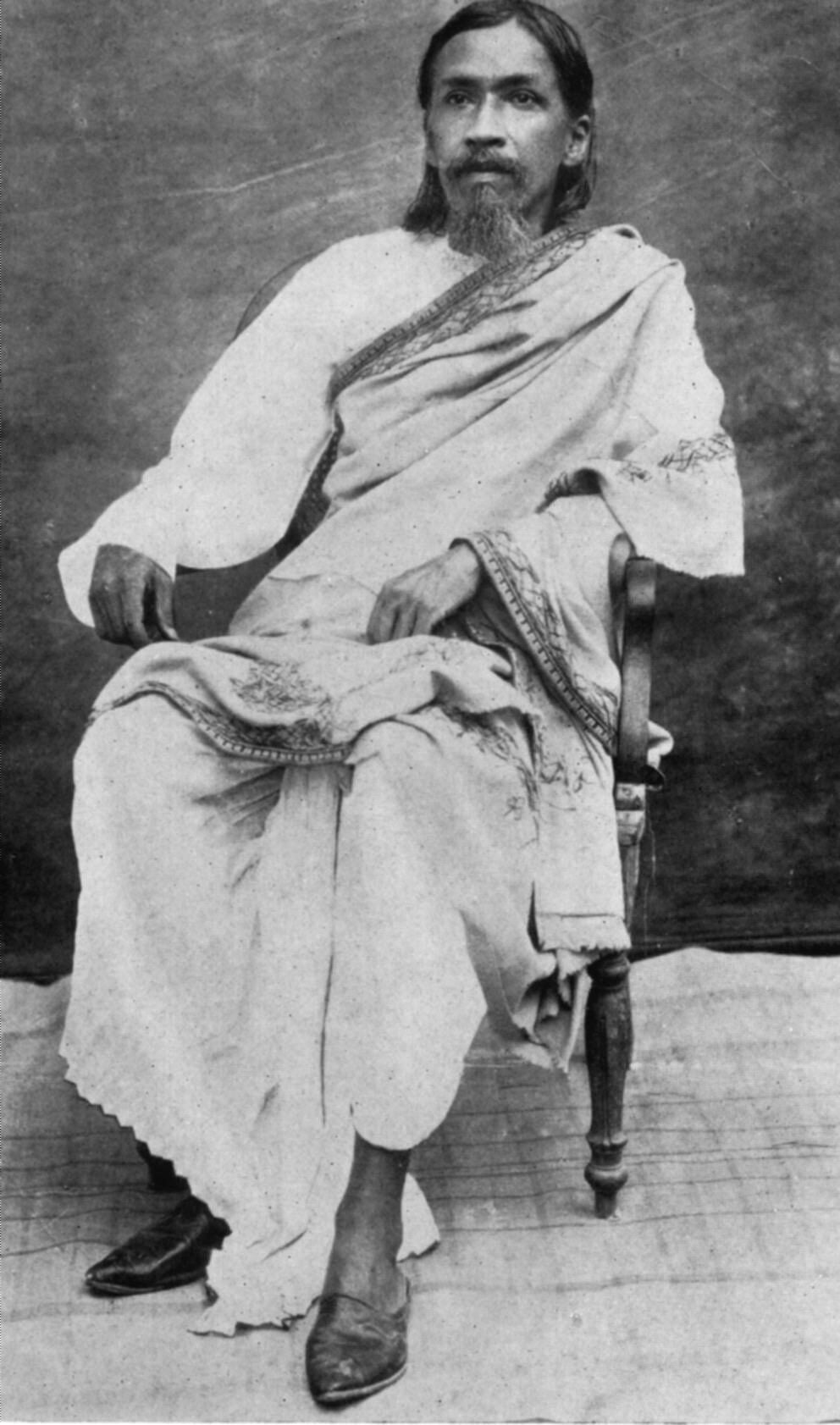
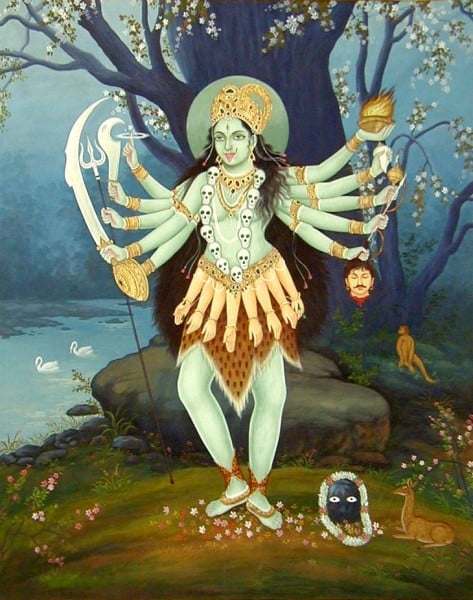
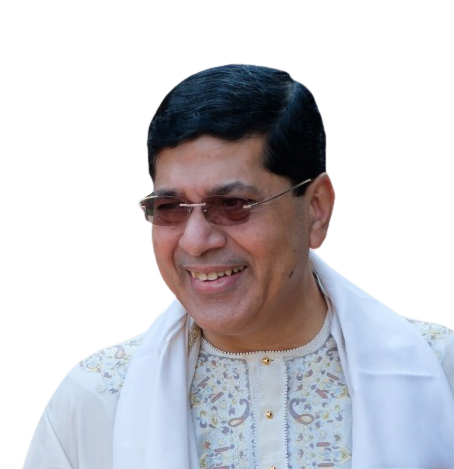
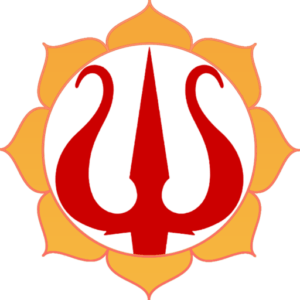
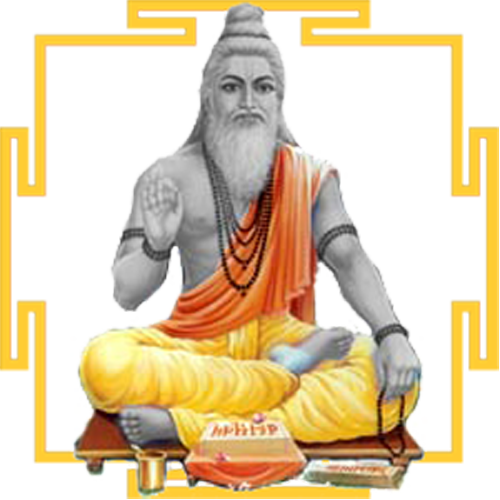 DBC offers online courses in jyotish (Vedic Astrology) taught directly by Sanjay Rath as per the tradition, through narrated power points and other audio tools. The courses are at different levels, from the beginners through the intermediate to the advanced and are known as SoHamsa | DBC courses, with individual classrooms and assistant teachers
DBC offers online courses in jyotish (Vedic Astrology) taught directly by Sanjay Rath as per the tradition, through narrated power points and other audio tools. The courses are at different levels, from the beginners through the intermediate to the advanced and are known as SoHamsa | DBC courses, with individual classrooms and assistant teachers
 Sagittarius Publications is the publisher and distributor the popular quaterly magazine the Jyotish Digest, as well as many thorough books on the subject of Vedic Astrology or Jyotish.
Sagittarius Publications is the publisher and distributor the popular quaterly magazine the Jyotish Digest, as well as many thorough books on the subject of Vedic Astrology or Jyotish.